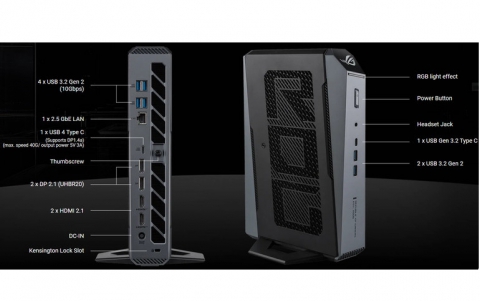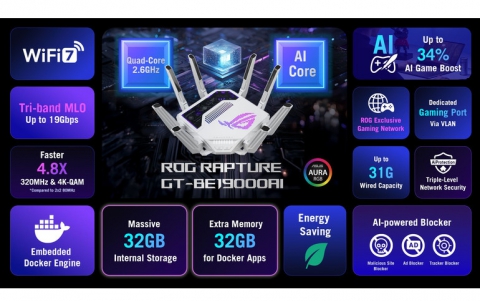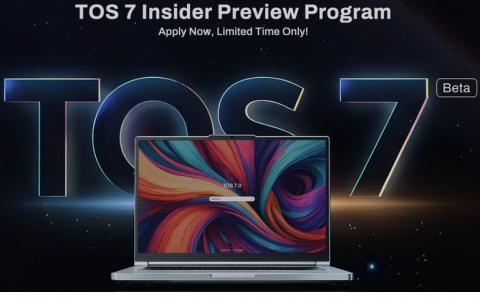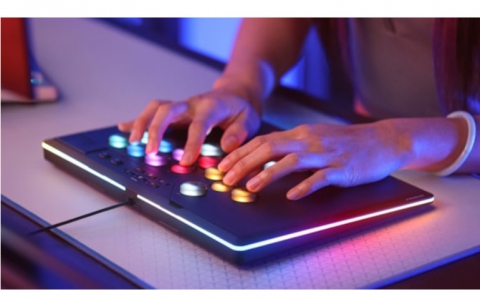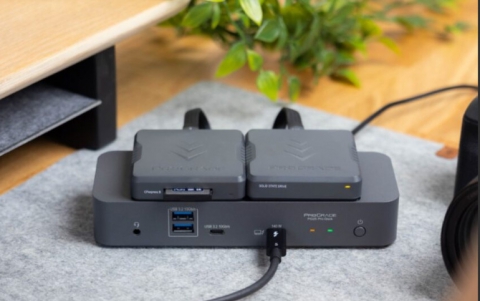
AMD Merges CPU and GPU in Upcoming "Fusion" Processors
AMD today announced the completion of the acquisition of graphics chip developer ATI, and unveilled some details about its plans to build the "Fusion" chip, a processor with built-in graphics.
According to AMD's press release, the company will "create a new class of
x86 processor that integrates the central processing unit (CPU) and
graphics processing unit (GPU) at the silicon level with a broad set of
design initiatives collectively codenamed Fusion."
AMD intends to design Fusion processors to provide step-function increases in performance-per-watt relative to today?s CPU-only architectures, and to "provide the best customer experience in a world increasingly reliant upon 3D graphics, digital media and high-performance computing."
"AMD-powered Fusion platforms will continue to fully support high-end discrete graphics, physics accelerators, and other PCI Express-based solutions to meet the ever-increasing needs of the most demanding enthusiast end-users," said AMD.
"With the anticipated launch of Windows Vista, robust 3D graphics, digital media and device convergence are driving the need for greater performance, graphics capabilities, and battery life," said Phil Hester, AMD senior vice president and chief technology officer. "In this increasingly diverse x86 computing environment, simply adding more CPU cores to a baseline architecture will not be enough. As x86 scales from palmtops to petaFLOPS, modular processor designs leveraging both CPU and GPU compute capabilities will be essential in meeting the requirements of computing in 2008 and beyond."
Fusion processors are expected in late 2008/early 2009, and the company expects to use them within all of the company?s priority computing categories, including laptops, desktops, workstations and servers, as well as in consumer electronics and solutions tailored for the needs of emerging markets.
AMD also announced its plans to deliver a range of integrated platforms in 2007 to serve key markets, including: commercial clients; mobile computing; and gaming and media computing. PC users will benefit from innovations intended to extend battery life on the next-generation AMD Turion 64 mobile technology-based platform and enhancements to the AMD LIVE! digital media PC platform that will enable users to get more from their favorite photos, music, and movies. AMD believes that these integrated platform innovations will bring customers improved system stability, better time-to-market, increased performance and energy-efficiency and overall, an enhanced user experience.
AMD also sees an opportunity to deliver processing solutions to the growing consumer electronics market. The company intends to leverage ATI?s strength in the consumer market by pursuing new opportunities to invest in the consumer electronics and high-end discrete graphics markets.
AMD intends to design Fusion processors to provide step-function increases in performance-per-watt relative to today?s CPU-only architectures, and to "provide the best customer experience in a world increasingly reliant upon 3D graphics, digital media and high-performance computing."
"AMD-powered Fusion platforms will continue to fully support high-end discrete graphics, physics accelerators, and other PCI Express-based solutions to meet the ever-increasing needs of the most demanding enthusiast end-users," said AMD.
"With the anticipated launch of Windows Vista, robust 3D graphics, digital media and device convergence are driving the need for greater performance, graphics capabilities, and battery life," said Phil Hester, AMD senior vice president and chief technology officer. "In this increasingly diverse x86 computing environment, simply adding more CPU cores to a baseline architecture will not be enough. As x86 scales from palmtops to petaFLOPS, modular processor designs leveraging both CPU and GPU compute capabilities will be essential in meeting the requirements of computing in 2008 and beyond."
Fusion processors are expected in late 2008/early 2009, and the company expects to use them within all of the company?s priority computing categories, including laptops, desktops, workstations and servers, as well as in consumer electronics and solutions tailored for the needs of emerging markets.
AMD also announced its plans to deliver a range of integrated platforms in 2007 to serve key markets, including: commercial clients; mobile computing; and gaming and media computing. PC users will benefit from innovations intended to extend battery life on the next-generation AMD Turion 64 mobile technology-based platform and enhancements to the AMD LIVE! digital media PC platform that will enable users to get more from their favorite photos, music, and movies. AMD believes that these integrated platform innovations will bring customers improved system stability, better time-to-market, increased performance and energy-efficiency and overall, an enhanced user experience.
AMD also sees an opportunity to deliver processing solutions to the growing consumer electronics market. The company intends to leverage ATI?s strength in the consumer market by pursuing new opportunities to invest in the consumer electronics and high-end discrete graphics markets.









